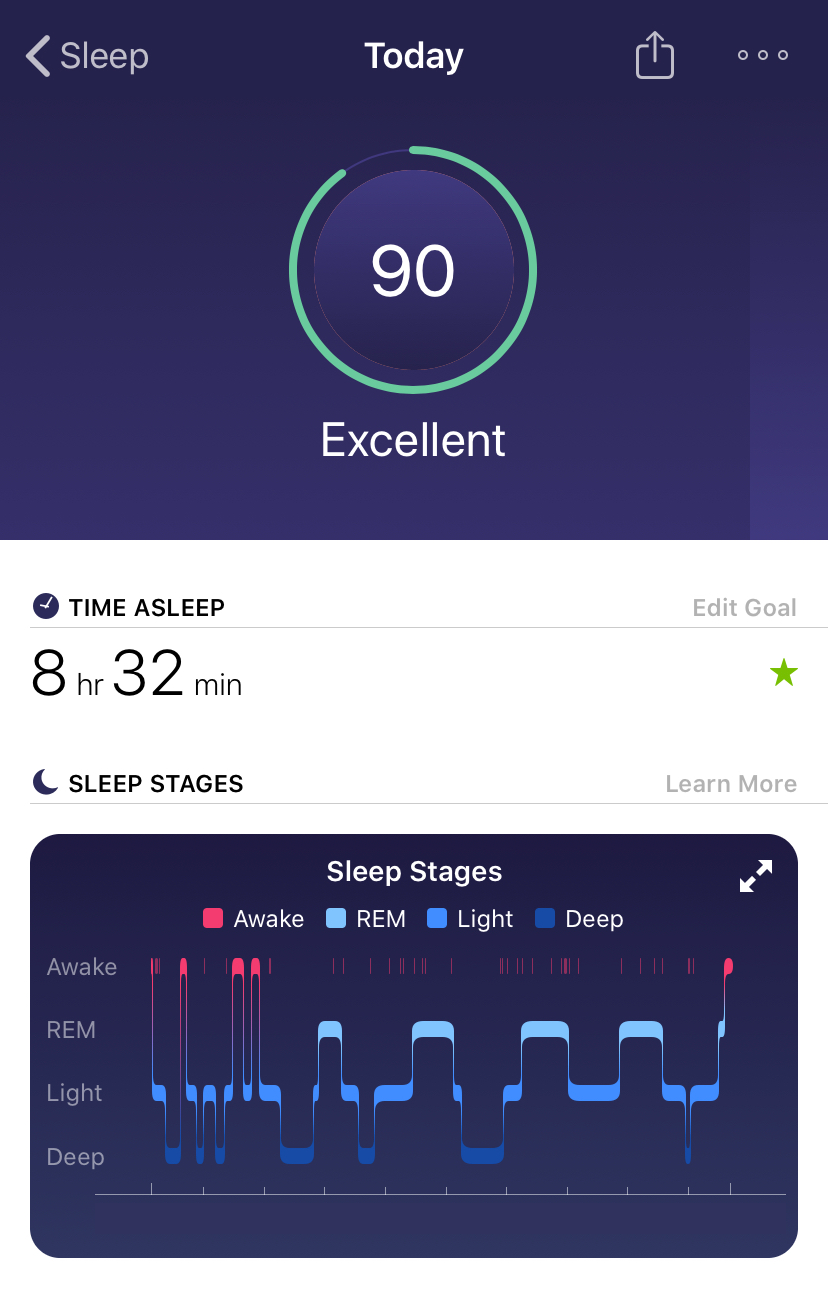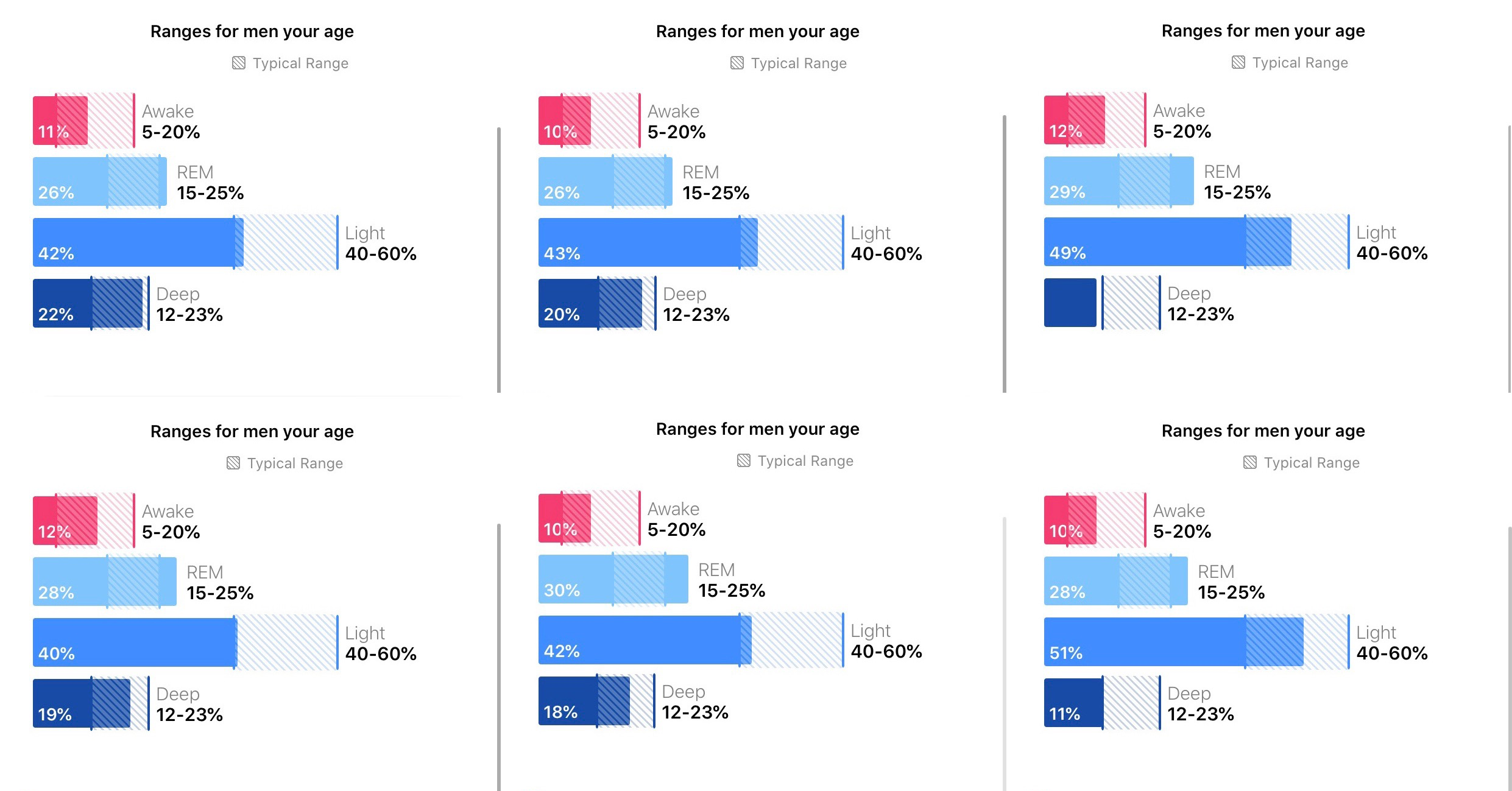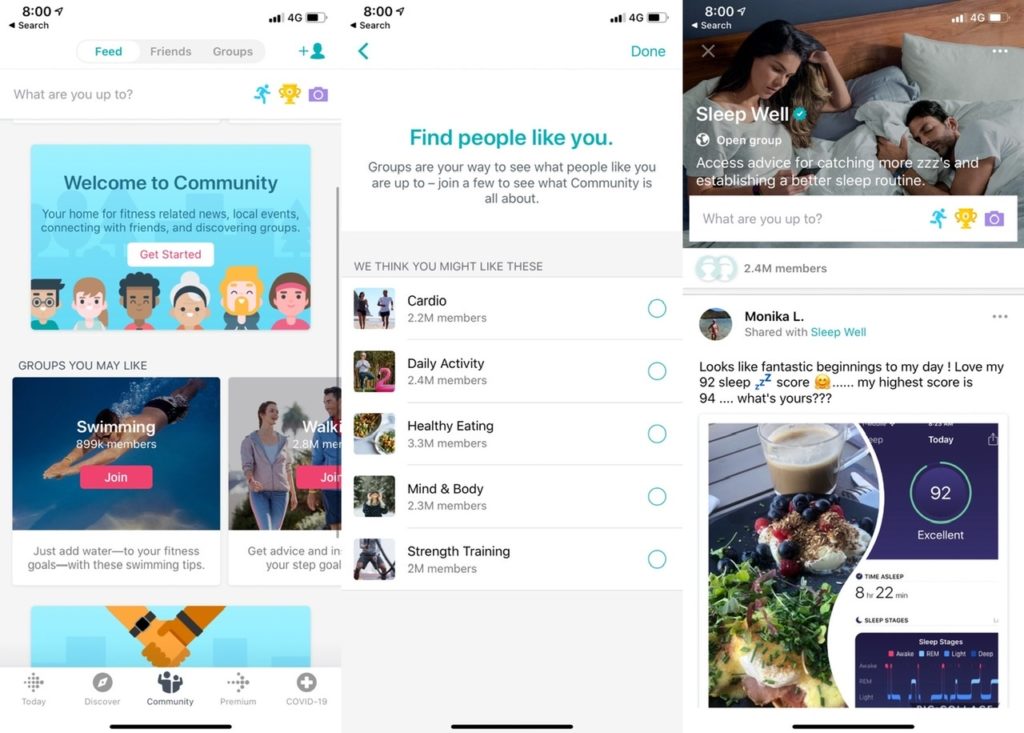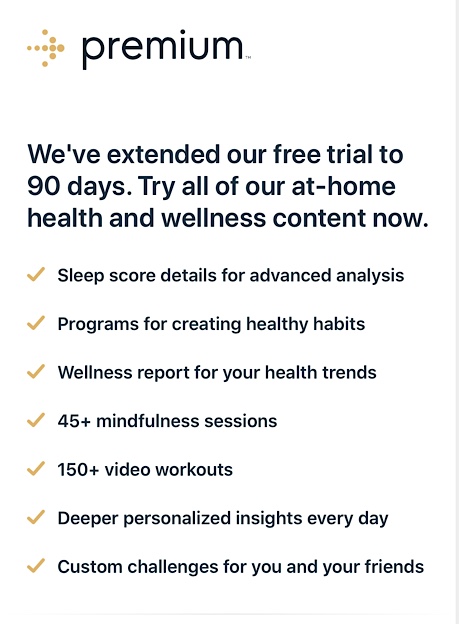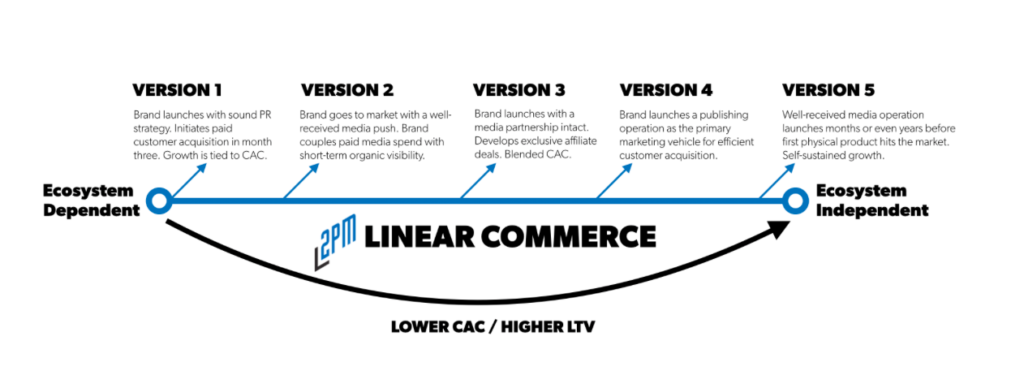David Cain of the excellent blog Raptitude is tracking his calorific intake for a month because he’s put on a little weight (The Covid Nineteen Pounds) when homebound:
My next official experiment is to track caloric intake for a month. I predict less overall intake, but I’m not setting a target, only tracking. I want to know:
-What I actually consume in a day
-Where the costliest habits are
-What’s worth consuming and what’s not
I’ll report daily intake each day of the whole month, and any weight change that occurs.
The working hypothesis is “What gets measured gets managed” — that simply charting the behavior will shape it in sustainable ways, whereas striving probably won’t.
The important bit is why he’s doing this:
As long as I’m tracking the numbers, however, I can’t escape the awareness that my choice will turn a 2200-calorie day into a 3500-calorie day, and I’ll have to ledger these figures.
Suddenly, no part of me entirely wants this “treat.” I can see the needless cost I’m about to incur, and it no longer feels like something worth rationalizing. The desires themselves have shifted, with no moralizing and little willpower involved
David’s tracking of calories is similar to my tracking of my water intake for the next 250 days, although unlike David I have a consumption goal.
I have always been a measure-to-improve approach especially given that I’ve managed consumer products for most of my career, but lately I have begun applying it daily life.
I’m considering a separate web property to catalogue people using the Internet to dramatically improve their lives, though not limited to fitness. By Internet I mean both software like MyFitnessPal and Strava, to iOS Shortcuts as well as connected consumer hardware like wearables, 3D printers and devices like the Raspberry Pi.

